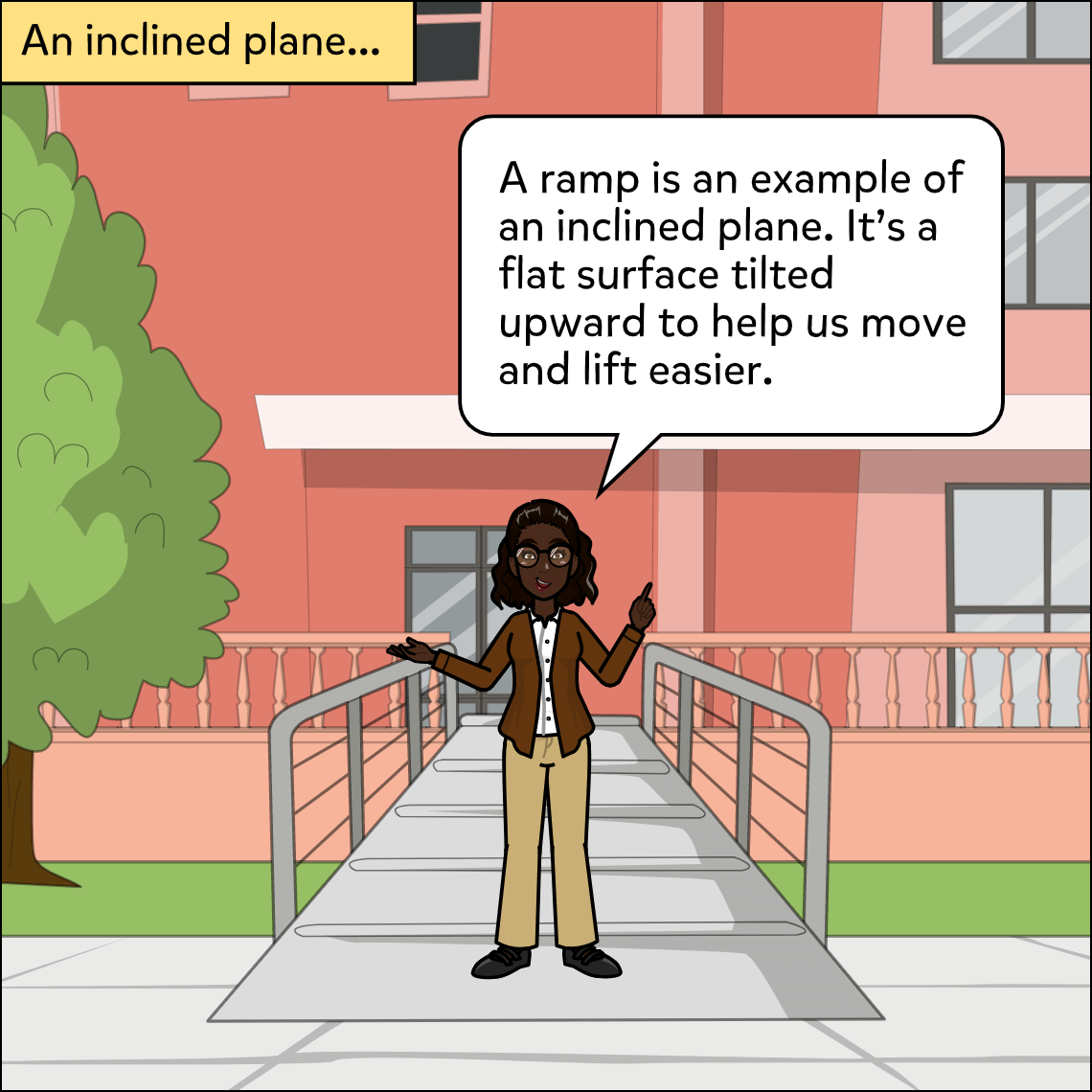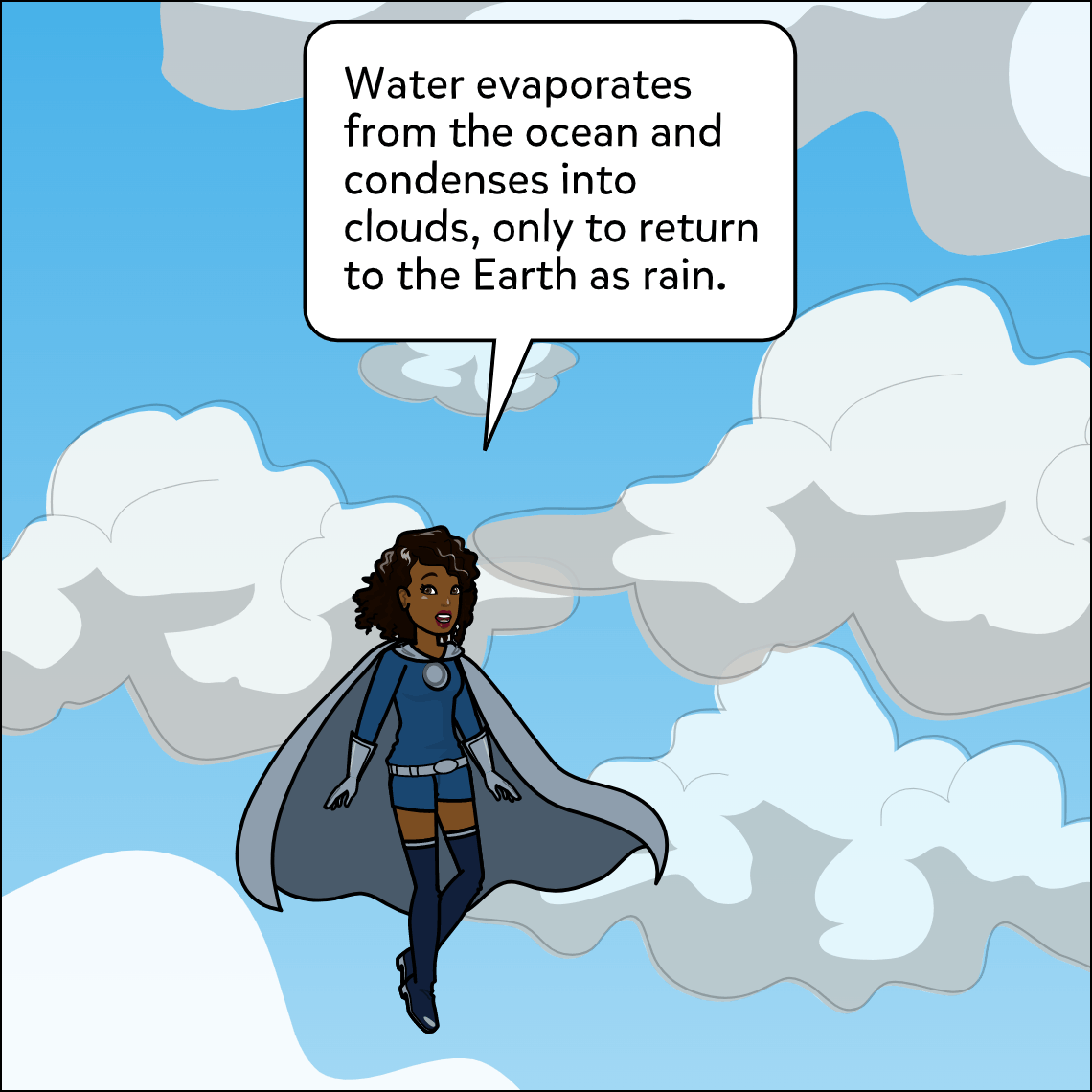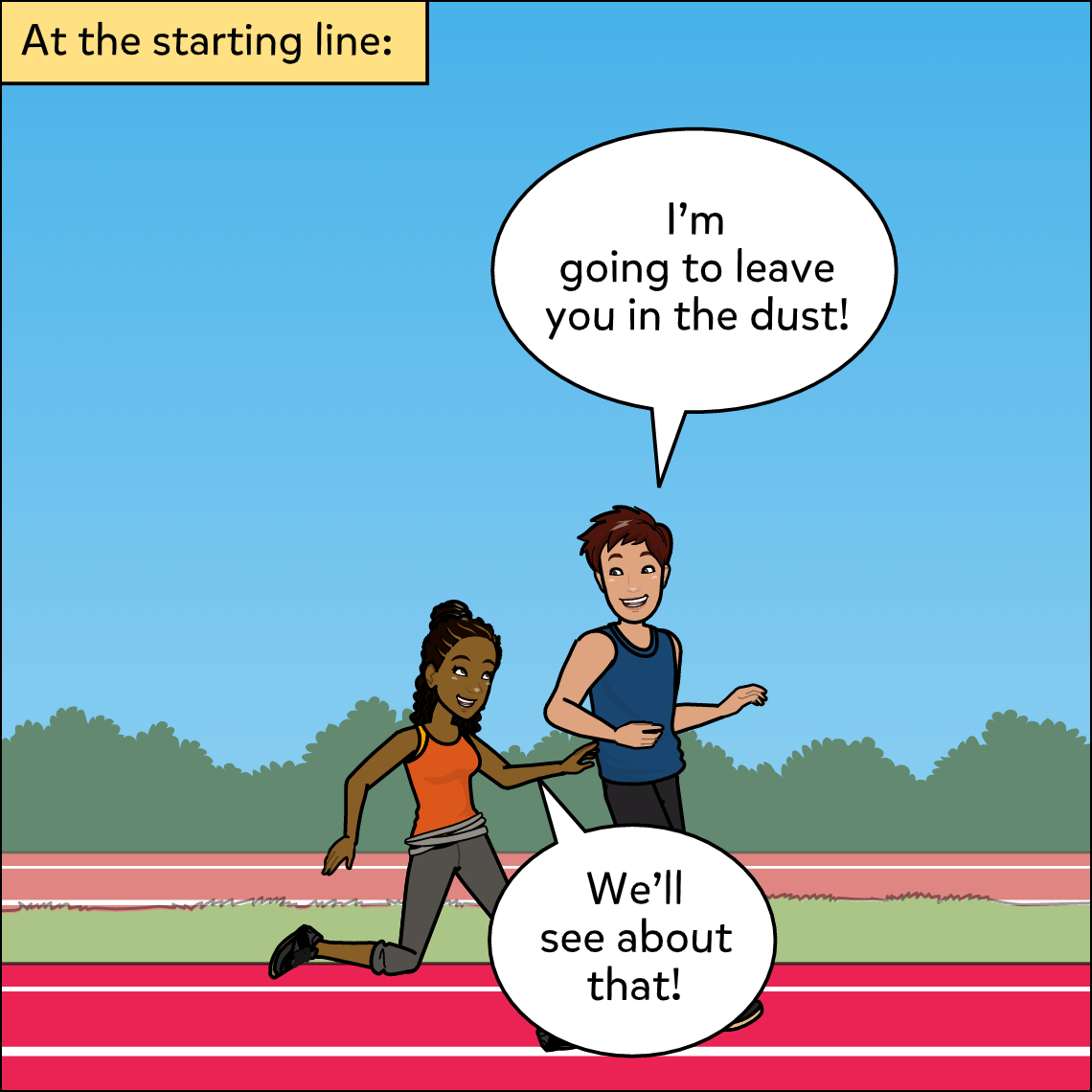Subject: SEL (Social-Emotional Learning)
Lesson Length: 45 mins - 1 hour
Topic: Flexibility, Perseverance, Growth Mindset
Brief Description: Students will illustrate how they did or could play a game that they did not know before.
Know Before You Start: Students should be prepared to explain the rules and/or objectives of the game they'll write about.
Hook:
- Ask students:
- “Has anyone ever played _______ before?”
- “How can you show good sportsmanship when playing a game?”
- “What emotions might you feel when trying something new?”
- “What does it mean to be open-minded?”
Activity:
- Teach students how to play a game that has not been played in class before, e.g., Minefield, Minute to Win It, Flashcard Duel, Heads Up- Seven Up.
- Give students time to play the game.
- Have students reflect in a whole group discussion about what it was like to learn and play a new game.
- Ask the class:
- How did you feel when I said we were going to learn something new today?
- What emotions did you feel when you started to play?
- Did your emotions change as we continued to play?
- What strategies did you use when the game became more difficult?
- Were you open-minded today? How do you know?
- Have students create a comic that illustrates how they did or could play the game.
Closure:
- Have students teach their chosen game to one another in small groups.
- Have students reflect on how they felt when first learning, compared to how they feel when teaching the game to others.
- Students will share their comics with a partner.
- Share with the class that being open-minded helps your brain grow because you are willing to do something new and be flexible in your thinking. When you are open-minded, you practice curiosity and risk-taking.
Differentiation:
- Allow students to use the speech-to-text feature.
- Allow students to work in pairs or groups as needed.
- Allow students to use the voiceover to read their comics aloud.
- Provide students with a graphic organizer to plan or map out their experience playing the game. (Draw/Plan then Write, Sequence Chart, or Stop and Think)
Resources:
- Comic to print or display: Comic.
- Books:
- The Day You Begin by Jacqueline Woodson
- Broken Crayon Still Color by Toni Collier
- Jack (Not Jackie) by Erica Silverman
- Video: Why Am I- Keep an Open Mind
- Article: 27 Classroom Games Students Will Want To Play Again and Again - WeAreTeachers.org
Suggested Content:
Suggested Story Starters:
 Elementary School
Elementary School
 Mars
Mars
 Playground
Playground


